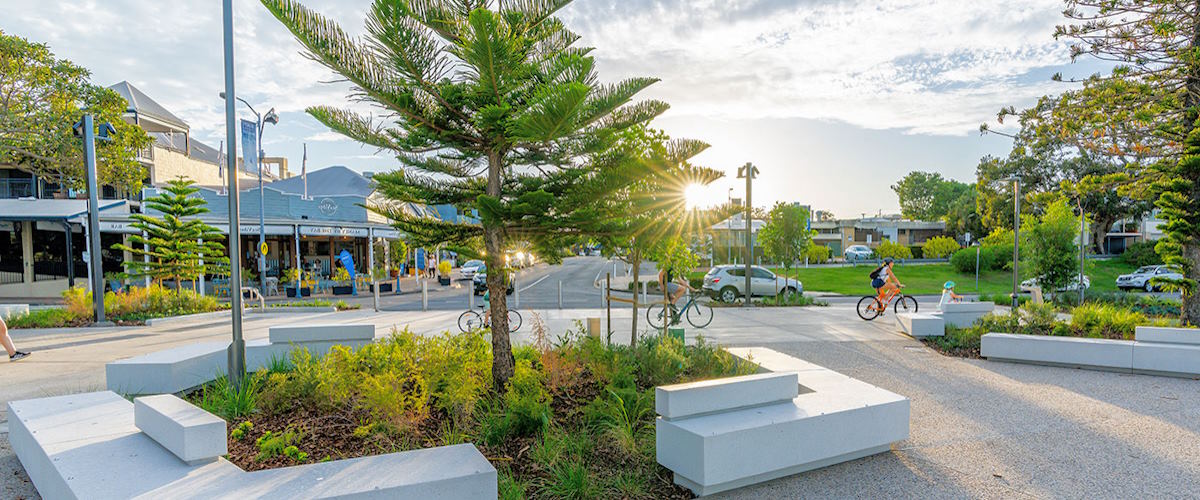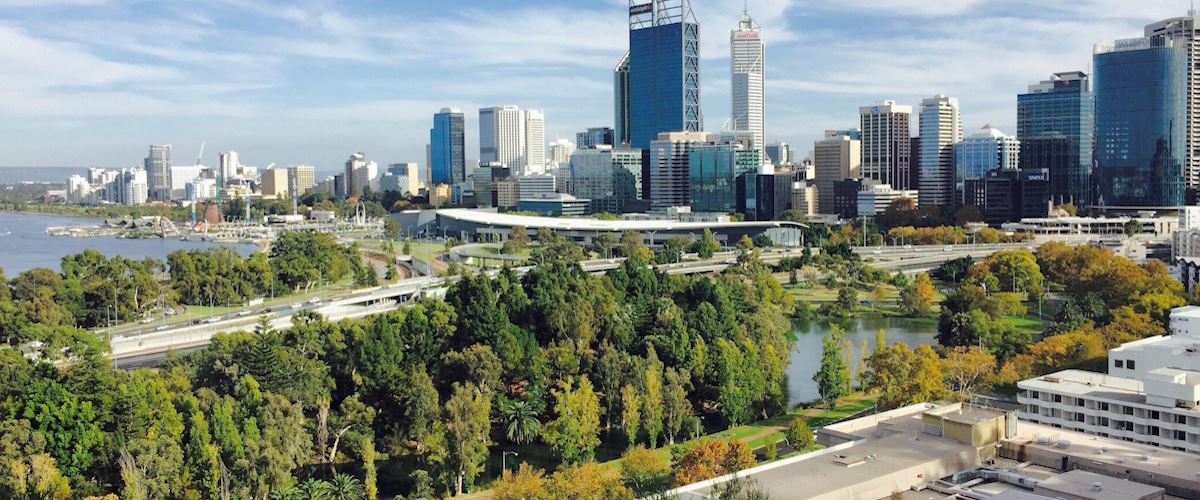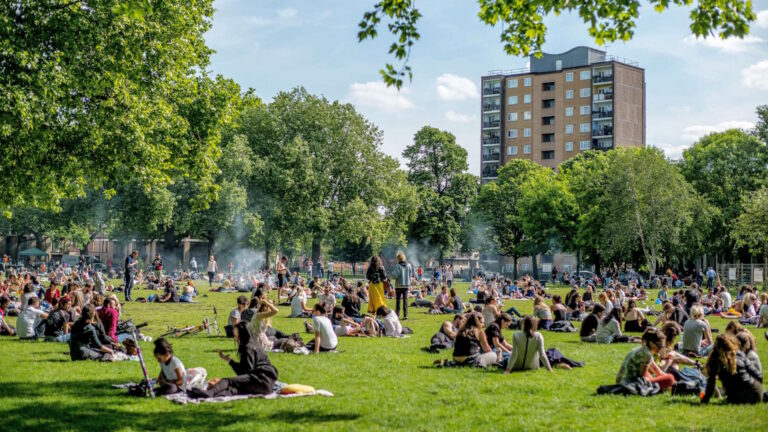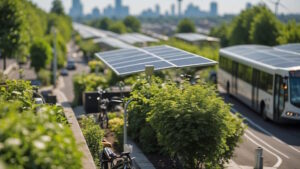The term “green spaces” describes areas with vegetation, such as grass, trees, and plants, that are set aside for conservation or recreation. They can be in the role of parks in urban health and rural settings, and their sizes range from small neighbourhood parks to enormous national forests. An increasing amount of research is demonstrating the beneficial effects of nature on our mental health.
What constitutes a green area?
The term “green spaces” can refer to many places, from small, like forested areas, to large, like any landscape with some natural elements, like a backyard or street trees. Generally speaking, we like to think of the term “green space” as encompassing not only natural ecosystems but also elements of the built environment, like private yards and other natural areas, as well as public parks, greenways, gardens, and forests.
Green spaces are places with vegetation, such as grass, trees, and plants, set aside for conservation or recreational uses. These places are in urban and rural settings, and their sizes can vary from tiny neighbourhood parks to visit national forests.

Minimise disparities in health
Studies have indicated socioeconomic disparities in health outcomes in greener neighbourhoods. Thus, creating high-quality, greener spaces in impoverished areas may contribute to a decrease in health disparities.
- However, less high-quality public green space is available in the most economically deprived areas.
- Those who are most at risk of experiencing poor physical and mental health may have the opportunity from benefits of green spaces for community well-being due to unequal access to high-quality green space.
- Consequently, thoughtful design and funding for green space may help to lessen health disparities.
Community and social cohesion:
In urban environments, green spaces can foster a sense of belonging among individuals and aid minority groups in better assimilating and identifying with their communities. By facilitating the possibility of engaging in social activities with others, the impact of green spaces on social cohesion can help lessen feelings of loneliness and isolation.

Putting Green Spaces First
To encourage the local green areas in your neighbourhood:
- Contact your local or regional landscape planning associations about their guidelines or goals regarding green spaces.
- Look up native plants that bear fruit or flowers in your area, then plant some around your living area.
- Search your neighbourhood for underutilised spaces or empty lots. To find out if you can plant grass or trees that are accessible to all, check with the local government.
- Collaborate with local leaders to establish inclusive green spaces. Tell them to prioritise the needs of the community.




